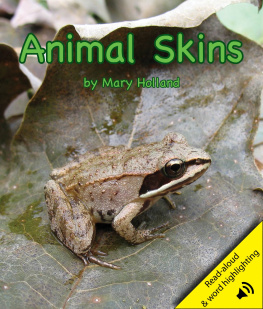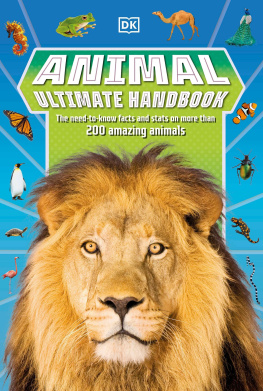Steve Parker - Display: Appearance, posture and behaviour in the animal kingdom
Here you can read online Steve Parker - Display: Appearance, posture and behaviour in the animal kingdom full text of the book (entire story) in english for free. Download pdf and epub, get meaning, cover and reviews about this ebook. year: 2023, publisher: Ivy Press, genre: Home and family. Description of the work, (preface) as well as reviews are available. Best literature library LitArk.com created for fans of good reading and offers a wide selection of genres:
Romance novel
Science fiction
Adventure
Detective
Science
History
Home and family
Prose
Art
Politics
Computer
Non-fiction
Religion
Business
Children
Humor
Choose a favorite category and find really read worthwhile books. Enjoy immersion in the world of imagination, feel the emotions of the characters or learn something new for yourself, make an fascinating discovery.

- Book:Display: Appearance, posture and behaviour in the animal kingdom
- Author:
- Publisher:Ivy Press
- Genre:
- Year:2023
- Rating:3 / 5
- Favourites:Add to favourites
- Your mark:
Display: Appearance, posture and behaviour in the animal kingdom: summary, description and annotation
We offer to read an annotation, description, summary or preface (depends on what the author of the book "Display: Appearance, posture and behaviour in the animal kingdom" wrote himself). If you haven't found the necessary information about the book — write in the comments, we will try to find it.
Discover natures most colourful creatures in a major new book on colour in the animal kingdom.
For many animals use of colour is essential to surviving in the wild. Both a built-in defence mechanism and a cunning tactic for attack, this biological advantage helps animals hide from dangerous predators and catch unsuspecting prey. It is used in many different ways, primarily to mask ones identity, movement or location, and changes over time as animals evolve and adapt to live.
This stunning photographic collection reveals 100 creatures from around the world paired with fascinating insights from leading UK zoology author Steve Parker. Each animal will have a profile of 300 words paired with striking photographic examples featuring a wealth of colour and ingenious uses of colour for display or disguise.
Learn how:
- The octopus can change its opacity, colour and pattern in response to threats.
- The walking leaf insect has evolved a strikingly similar shape and colour to the leaves it eats.
- The arctic fox changes its fur colour to white in the winter, perfectly blending in with the snow but climate change is disrupting this age-old adaptation.
Steve Parker: author's other books
Who wrote Display: Appearance, posture and behaviour in the animal kingdom? Find out the surname, the name of the author of the book and a list of all author's works by series.















